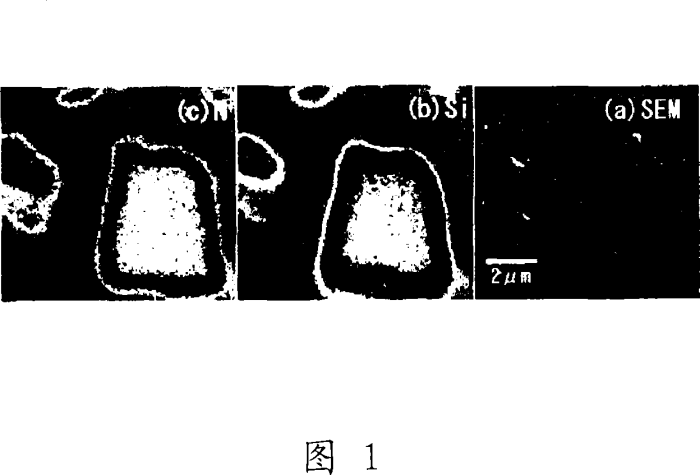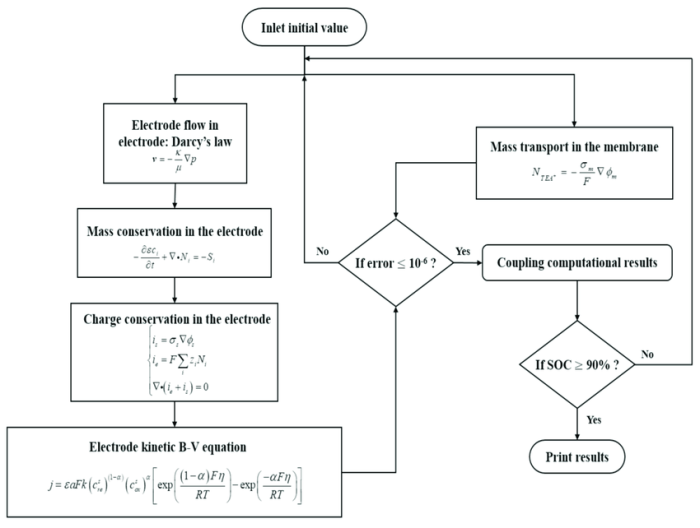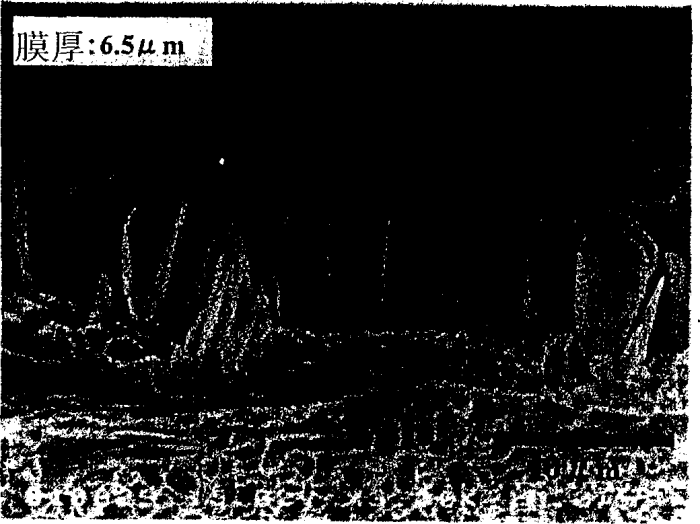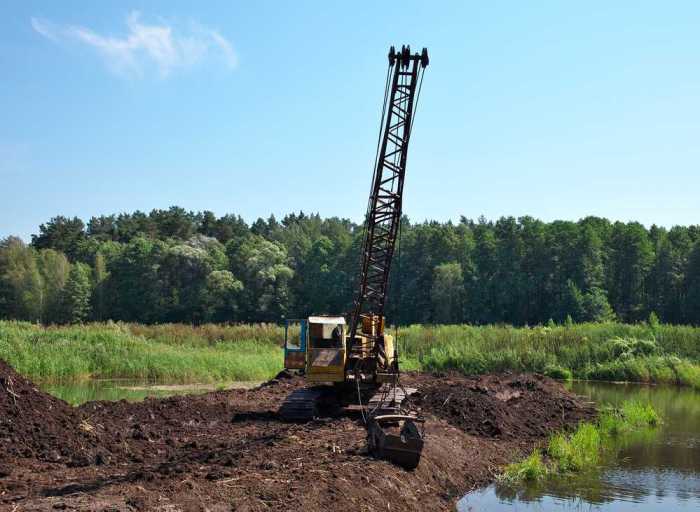A nonaqueous paint is one that – Nonaqueous paints, a unique category of paints that exclude water as their solvent, open up a world of possibilities for various applications. Their distinct characteristics and advantages set them apart from conventional paints, making them a preferred choice in specific industries.
Delving into the realm of nonaqueous paints, we will explore their advantages, disadvantages, types, applications, environmental considerations, and more. This comprehensive guide will provide valuable insights and equip you with the knowledge to make informed decisions when selecting the right paint for your project.
Define a Nonaqueous Paint

Nonaqueous paints are a type of paint that does not contain water as a solvent. Instead, they use organic solvents, such as mineral spirits, to dissolve the paint’s components. This gives nonaqueous paints several advantages over water-based paints, including faster drying times, better durability, and resistance to moisture.Nonaqueous
paints are often used for industrial applications, such as painting machinery and equipment. They are also used for decorative purposes, such as painting cars and furniture.
Key Characteristics
The key characteristics that distinguish nonaqueous paints from other types of paints include:
- They do not contain water as a solvent.
- They use organic solvents, such as mineral spirits, to dissolve the paint’s components.
- They have faster drying times than water-based paints.
- They are more durable than water-based paints.
- They are resistant to moisture.
Advantages of Nonaqueous Paints: A Nonaqueous Paint Is One That

Nonaqueous paints offer several advantages over traditional water-based paints, making them a preferred choice for specific applications. Their unique properties provide benefits such as faster drying times, enhanced durability, and resistance to moisture.
One significant advantage of nonaqueous paints is their rapid drying time. These paints evaporate solvents instead of water, allowing them to dry quickly, often within minutes or hours. This fast drying time reduces the risk of smudging or damage during application and enables faster completion of painting projects.
Durability and Resistance
Nonaqueous paints are known for their exceptional durability and resistance to wear and tear. The absence of water in the paint formulation reduces the likelihood of cracking, peeling, or fading over time. They are also less susceptible to moisture damage, making them suitable for use in humid environments or areas exposed to water or moisture.
Specific Applications
Due to their unique properties, nonaqueous paints are particularly advantageous in certain applications:
- Industrial and commercial settings:Nonaqueous paints are often used in industrial and commercial environments where durability and resistance to harsh conditions are crucial.
- Marine applications:Their resistance to moisture makes nonaqueous paints ideal for use on boats, ships, and other marine structures.
- Automotive refinishing:Nonaqueous paints are commonly used in automotive refinishing due to their fast drying time and ability to provide a durable, high-gloss finish.
Disadvantages of Nonaqueous Paints

Nonaqueous paints, while versatile, are not without their drawbacks. Understanding their limitations is crucial for safe and effective usage.
Potential Toxicity
One significant disadvantage of nonaqueous paints is their potential toxicity. Many solvents used in these paints emit harmful vapors that can cause respiratory problems, headaches, and even neurological damage if inhaled in excessive amounts. Exposure to these vapors can also irritate the skin and eyes.
Flammability
Another concern with nonaqueous paints is their flammability. The solvents used in these paints are often highly flammable, making them a fire hazard. Proper ventilation and precautions must be taken when using nonaqueous paints to prevent fires or explosions.
Safety Precautions
When using nonaqueous paints, it is essential to take proper safety precautions to minimize the risks associated with their use. These precautions include:
- Working in a well-ventilated area to ensure adequate air circulation and prevent the accumulation of harmful vapors.
- Wearing appropriate personal protective equipment (PPE) such as gloves, eye protection, and a respirator to protect against skin and respiratory exposure.
- Storing nonaqueous paints in a cool, dry place away from sources of heat or ignition.
- Disposing of used paints and solvents properly according to local regulations.
Types of Nonaqueous Paints
Nonaqueous paints can be categorized into several types based on their composition and properties. Each type has its own unique characteristics and applications.
Solvent-Based Paints
Solvent-based paints are the most common type of nonaqueous paints. They are made with a solvent, such as mineral spirits or xylene, which dissolves the resin and pigments. Solvent-based paints are known for their durability, adhesion, and resistance to moisture.
They are often used for industrial and commercial applications, as well as for exterior painting.
Water-Based Paints
Water-based paints are made with water as the solvent. They are less toxic and more environmentally friendly than solvent-based paints. Water-based paints are also easier to clean up and apply. However, they are not as durable as solvent-based paints and are not suitable for exterior use.
Powder Coatings, A nonaqueous paint is one that
Powder coatings are made with a dry powder that is electrostatically charged and sprayed onto the surface to be painted. The powder particles are then cured with heat to form a durable, protective coating. Powder coatings are known for their excellent resistance to corrosion, chemicals, and wear.
They are often used for industrial and commercial applications, as well as for automotive and appliance finishes.
Ultraviolet (UV)-Cured Paints
UV-cured paints are made with a resin that is cured by exposure to ultraviolet light. UV-cured paints are known for their fast curing time, high gloss, and resistance to fading. They are often used for industrial and commercial applications, as well as for automotive and marine finishes.
Applications of Nonaqueous Paints

Nonaqueous paints find extensive use across various industries due to their unique properties, such as fast drying times, resistance to water and chemicals, and durability.
Industrial Applications
In industrial settings, nonaqueous paints are commonly employed for:
Corrosion protection
They provide excellent protection against rust and corrosion on metal surfaces, such as in pipelines, bridges, and machinery.
Chemical resistance
Their resistance to harsh chemicals makes them ideal for use in chemical plants, laboratories, and food processing facilities.
High-temperature resistance
Nonaqueous paints can withstand extreme temperatures, making them suitable for applications in furnaces, boilers, and exhaust systems.
Automotive Industry
In the automotive industry, nonaqueous paints are widely used for:
Automotive coatings
They provide a durable and aesthetically pleasing finish to vehicles, protecting them from scratches, dents, and UV damage.
Undercoating
Nonaqueous paints are applied to the underside of vehicles to protect against corrosion and road debris.
A nonaqueous paint is one that uses a non-water-based solvent. This type of paint is often used in industrial applications, such as the marshall air fry dump station , because it is more resistant to wear and tear. Nonaqueous paints are also less likely to fade or yellow over time.
Marine Applications
In marine environments, nonaqueous paints are used for:
Antifouling coatings
These paints contain biocides that prevent the growth of marine organisms on boat hulls, reducing drag and fuel consumption.
Corrosion protection
Nonaqueous paints protect metal surfaces on boats and offshore structures from salt water corrosion.
Other Applications
Nonaqueous paints are also used in:
Aerospace
They provide lightweight and durable coatings for aircraft components.
Electronics
Nonaqueous paints protect electronic components from moisture and corrosion.
Furniture and cabinetry
They offer a durable and decorative finish for furniture and cabinetry.
Environmental Considerations
Nonaqueous paints, while offering several advantages, also have environmental implications that need to be considered.The main environmental concern with nonaqueous paints is their high VOC (Volatile Organic Compound) emissions. VOCs are harmful air pollutants that contribute to smog and other respiratory issues.
Nonaqueous paints typically contain high levels of VOCs due to the organic solvents used in their formulation. These VOCs can evaporate into the atmosphere during application and drying, contributing to air pollution.Proper disposal of nonaqueous paints is also crucial. Due to their hazardous nature, nonaqueous paints cannot be disposed of in regular landfills or waterways.
They require specialized disposal methods, such as incineration or recycling, to minimize their environmental impact.
Regulations and Guidelines
To address the environmental concerns associated with nonaqueous paints, various regulations and guidelines have been established. These regulations aim to control VOC emissions and ensure proper disposal of nonaqueous paints.In many regions, there are limits on the allowable VOC content in paints.
These limits vary depending on the specific regulations and the intended use of the paint. For example, paints intended for indoor use typically have stricter VOC limits than those used outdoors.Additionally, there are guidelines for the disposal of nonaqueous paints.
These guidelines specify the approved methods for disposing of these paints, ensuring they are handled safely and responsibly.By adhering to these regulations and guidelines, manufacturers and users of nonaqueous paints can minimize their environmental impact and protect human health and the environment.
Helpful Answers
What are the key advantages of using nonaqueous paints?
Nonaqueous paints offer several advantages, including fast drying times, enhanced durability, and resistance to moisture and chemicals.
Are nonaqueous paints environmentally friendly?
The environmental impact of nonaqueous paints varies depending on their composition. Some nonaqueous paints may contain volatile organic compounds (VOCs), which can contribute to air pollution. However, there are also eco-friendly nonaqueous paint options available.
What safety precautions should be taken when using nonaqueous paints?
Nonaqueous paints can be flammable and may release toxic fumes. Proper ventilation and respiratory protection are essential when using these paints. Additionally, it’s important to follow the manufacturer’s instructions carefully.